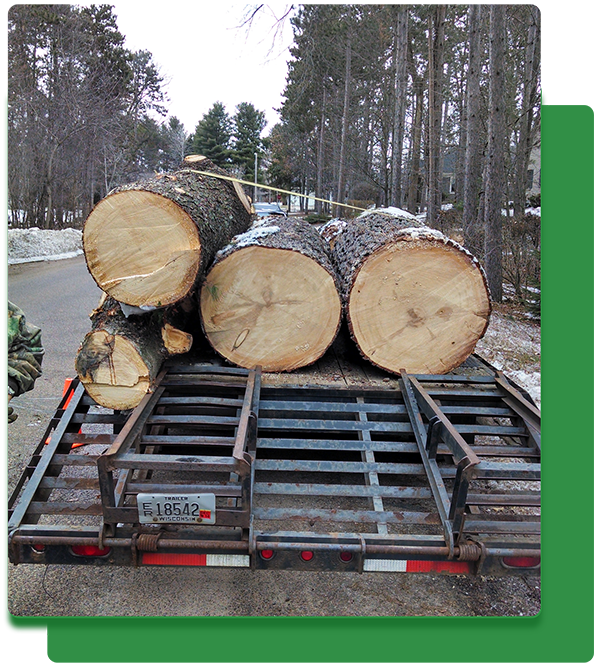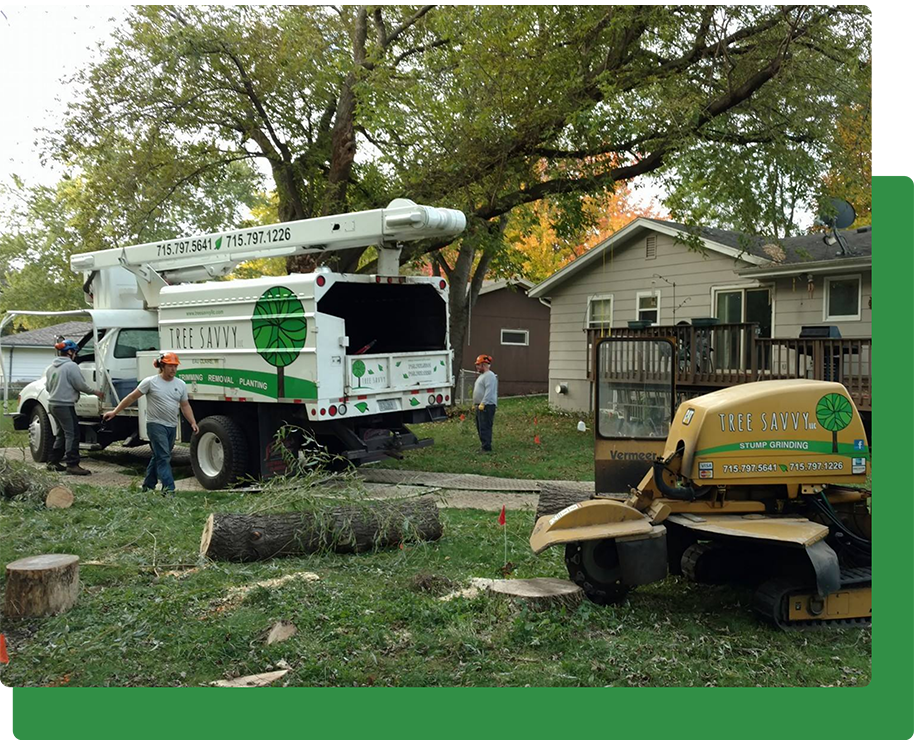
Birch Leafminer
The Birch Leafminer (Fenusa pusilla) is another common insect affecting landscape trees in our area. Native to Europe, the Birch Leafminer first appeared in the United States in 1923 and has continued to affect the Birch tree population ever since. The Birch Leafminer is the larval stage of a small four-winged black insect known as a sawfly. This larva itself is flat, white, and approximately ½” long, and can be easily identified when holding infected leaves up to the light.

Signs of Damage
Birch Leafminer damage to a tree occurs when the larva feeds between the upper and lower layers of newly emerging leaves. Signs of a Birch Leafminer infestation include:
- Large dead blotches on the leaves
- Brown and wilted leaves
- High leafminer population can cause the entire tree to look scorched from a distance
- Premature defoliation
Repeated years of infestation can lead to branch die-back, and leave trees more susceptible to other environmental stressors including secondary insects and disease pests such as the Bronze Birch Borer.

Means of Mitigation
Most types of Birch trees are susceptible to the Birch Leafminer, and require systemic insecticide treatments in order to control and prevent future infestations. Once a tree begins to show signs of an infestation, it is often too late in the season to treat. However, Birch Leafminer is easily controlled, and treatments can be timed to coincide with the following year’s larval feeding before symptoms present themselves. The treatment options that Tree Savvy can provide are:
- Annual preventative soil-applied insecticide (Xytext 2F)
- Soil-applied growth regulator (Cambistat) to promote root growth, in turn bolstering the overall health and vigor of the tree
Other means of maintaining the overall health of the tree (leaving the tree less susceptible to insect infestation) include:
- Watering during drought
- Mulching 2-4 inches of wood chips or shredded bark under the drip line
- Minimizing damage to the root zone that could cause root injury and stress
